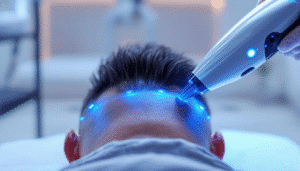Active hair loss is a common part of the human experience. As adults, we lose, on average, about 100 hairs a day. Between brushing, combing, washing and rinsing, and just standard shedding, hairs are constantly leaving our heads. It’s all part of the normal life cycle of hairs. Grow, go into a restful state referred to as Telogen, fall out, and grow back.
In fact, a similar process happens after getting an FUE or FUT hair transplant. However, if you’re experiencing noticeable thinning over time, or you see large patches of hair come out, you may be experiencing active hair loss. And if you’re experiencing active hair loss you may be wondering how to fight against it.
Are You Experiencing Active Hair Loss?

Fighting active hair loss can feel like an uphill battle. You may have been dealing with it for a short time. Or, if you lost the genetic lottery, you may have been dealing with active hair loss for years now. You could be well into your 40s. Or you may have started suffering from active hair loss while you were still a teen. Either way, I’m sure you understand how emotionally painful it can be to have your body rejecting something you hold dear – your hair.
After all, the hair on our head is one of the most important parts of how we look and how we show the world who we are. For men, it can symbolize style and strength. For women, it can symbolize beauty and personality. And your hair says too many things without you having to say a word. It’s no wonder that people suffering from active hair loss are constantly looking for a solution to stop their hair from falling out. But where do you start?
Which Hair Growth Treatment is Right for You?
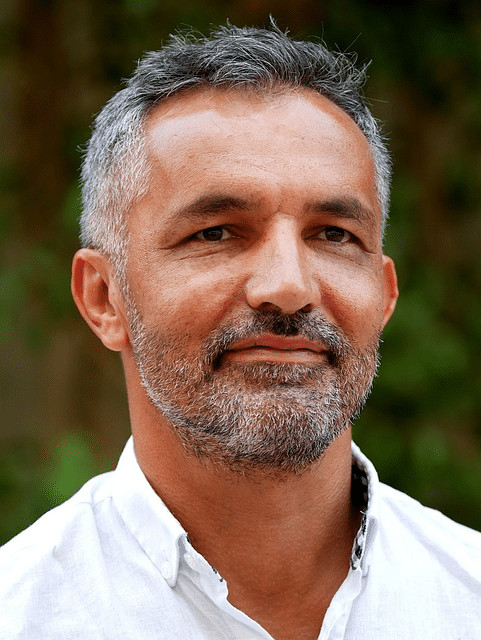
There are so many treatments, home remedies, medications, and products available, it can be hard to know which one is right for you. Do you try pills, shampoos, creams, prescriptions? Do you go with laser hair therapy? Or is your active hair loss extensive enough where you feel that hair transplants may be the answer?
Before you can decide on the best method to combat active hair loss, it can be helpful to determine the root causes (pun intended). There are several different factors that can contribute to hair loss and in this article, we will explore some treatment options and discuss their efficacy.
What is Active Hair Loss Exactly?

Frequently, if you’ve noticed you’re losing hair at a faster pace than is considered normal, you’ll want to visit a doctor or dermatologist. During their physical examination of your head, hair, and scalp, they will perform what is know as a “pull test” and “tug test” to determine the extent of your hair loss.
According to NYU Langone Health, “during a pull test, a dermatologist grasps small sections of hair, about 40 strands, from different parts of the scalp and gently tugs. If six or more strands fall out, you have what’s known as active hair loss.”
They go on to note during a tug test, “the doctor grasps a section of hair and holds it with two hands, one near the root and one near the tip, then tugs to see if any of the strands break in the middle.” Unlike the pull test, the tug test gives your doctor an indication as to you’re hair’s brittleness and/or fragility. Both help to determine if you are suffering from active hair loss.
What Are the Types of Active Hair Loss?
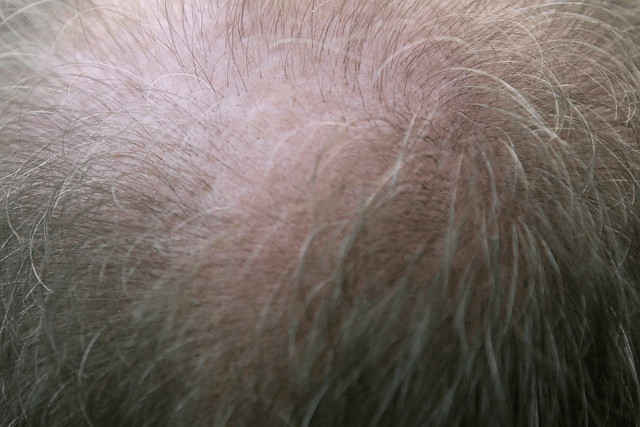
If you do have active hair loss, we then must determine which type of active hair loss you have. Some possible options are Telogen effluvium, Anagen effluvium, loose Anagen syndrome, Androgenetic Alopecia (also known as male or female pattern baldness, or Alopecia Areata.
Certain types of active hair loss are more severe than others. Some are hormonal, others are genetic, and some come on randomly. Determining the type of active hair loss you have will allow your doctor to determine the proper course of treatment for you and your situation.
Telogen Effluvium
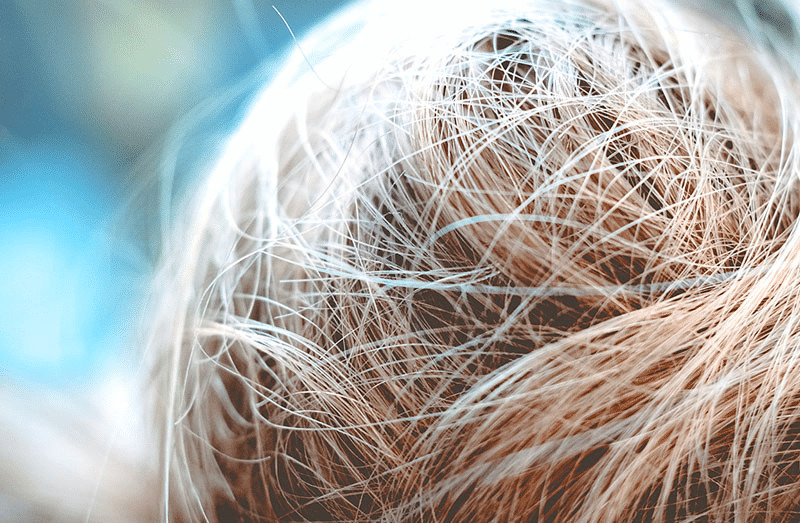
According to the American Osteopathic College of Dermatology, Telogen effluvium active hair loss occurs when “stress causes hair roots to be pushed prematurely into the resting state.” And when we say stress, we arent’ necessarily talking about having a stressful day at work. We’re talking exposure or damage. A stressor to the hair or body itself like aggressive brushing, surgery, chronic illnesses, etc. Telogen effluvium can be both acute or chronic. You may lose up to 70% of your hair during this time.
Depending on what is causing your particular type of Telogen effluvium, you may need to just let it run its course and then you’ll see new hairs begin to grow back. For example, if you have a high fever that causes shock to the body, you may experience Telogen effluvium. However, the fever passes, and over time, your hair should return to normal. The same is true of childbirth which can also cause great stress to a woman’s body. On the other hand, if you have a chronic illness that is untreatable or goes untreated, your hair may not have a chance to properly heal.
Female Pattern Baldness & Telogen Effluvium

Interestingly, Telogen effluvium frequently occurs in women. After all, women’s bodies go through many hormonal events throughout their lives. Puberty, monthly menstrual cycles, pregnancies, and finally, menopause. There’s lots of opportunity for something to go wrong or for the body to overreact. Most importantly, if you think you may be suffering from a chronic type of Telogen effluvium active hair loss, it’s best to get blood tests to determine whether this is true or not.
For the most part, managing stress, being gentle with your hair, and having a proper nutrient and vitamin-rich diet should prevent or cure short-term Telogen effluvium. Hormone replacement therapy and other prescriptions can help.
Anagen Effluvium

While Telogen effluvium occurs during the restful stage of hair growth, Anagen effluvium active hair loss arises during the growth stage of the hair cycle. This is the “Anagen” stage. As most hair is actively in the Anagen phase of the hair cycle, Anagen effluvium active hair loss usually results in upwards of 80% of one’s hair falling out within a short amount of time.
This type of active hair loss is frequently associated with chemotherapy and other harsh medical treatments. Poisons or poisoning may also be a contributing factor to Anagen effluvium.
According to NCBI, it most commonly appears when “affected anagen hairs suffer a toxic or inflammatory insult, resulting in fracture of the hair shaft” and can be triggered by “antimetabolites, alkylating agents, and mitotic inhibitors administered as chemotherapeutic therapy.”
NCBI goes on to note that “shedding usually takes place within 14 days of administration of the offending drug, however, in many instances it is reversible.” For the most part, stopping Anagen effluvium is as simple as limiting or removing exposure to the source which is causing the problem.
Loose Anagen Syndrome
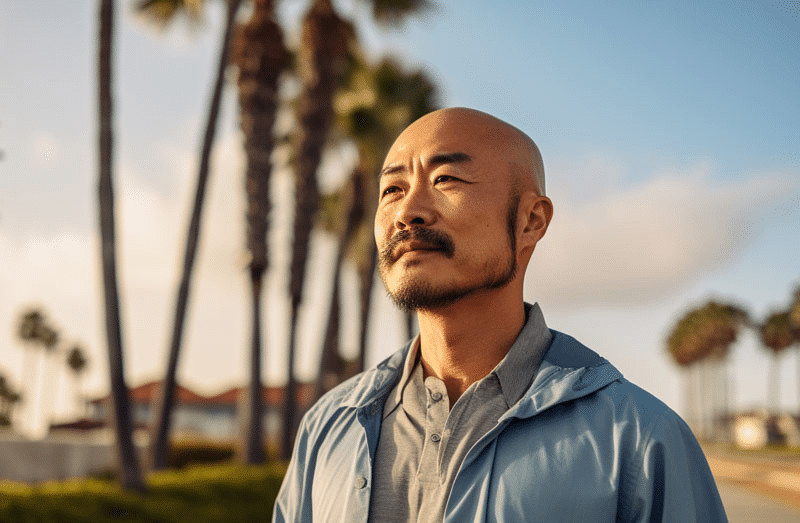
Loose anagen syndrome, also known as LAS is a type of active hair loss disorder. People suffering from LAS have very loose hairs. They are not properly anchored to the scalp as healthy hair should be. Those with LAS can painlessly pull or remove hairs from the scalp. While this syndrome is frequently reported in children, adults suffer from it as well. It does not typically last for too long, however, in some patients, LAS may last for years at a time. In those cases, it may be related to a particular illness or family history.
In fact, according to the AOCD, “there is some evidence that LAS is possibly an inherited condition, but this has not been confirmed.” Additionally, Loose Anagen Syndrome frequently shows up alongside another syndrome known as Noonan Syndrome. The AOCD notes that this congenital syndrome “includes heart defects, short stature, learning difficulties, and other characteristics.”
Androgenic Alopecia (Pattern Baldness)

Androgenic alopecia is another term for male pattern baldness or female pattern baldness. This is the most common form of active hair loss experienced around the world. In fact, nearly 50 million men and 30 million women in the United States ALONE suffer from Androgenic alopecia.
According to Medline Plus, those experiencing Androgenic alopecia lose hair in a “well-defined pattern, beginning above both temples,” and over time, “the hairline recedes to form a characteristic “M” shape.” They go on to note that “hair also thins at the crown (near the top of the head), often progressing to partial or complete baldness,” while in women, “the hair becomes thinner all over the head, and the hairline does not recede,” rarely leading to total baldness.
Frequently, medicines like Finasteride and Minoxidil can help to stop or reduce active hair loss caused by Androgenic alopecia. Keeping your body as healthy as possible is always a good option and making sure you have the proper vitamins and nutrients is always a sure bet to at least keep this type of active hair loss at bay.
Follicular Unit Transplants and Follicular Unit Extraction hair transplants are also a great solution to fight Androgenic alopecia. Finally, using Low-Level Laser Therapy caps like the Capillus RX 312 lasercap are a great way to increase blood flow to the scalp and regrow lost hair.
Alopecia Areata
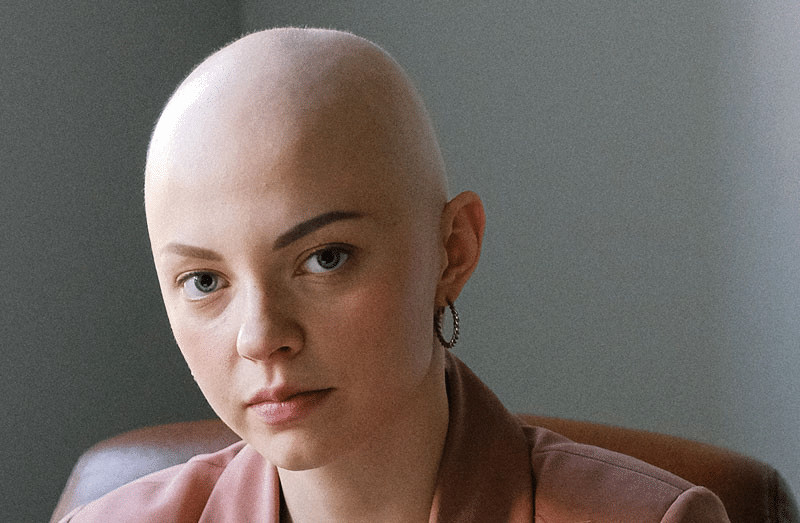
Alopecia areata is an autoimmune disorder that frequently results in unpredictable hair loss. It’s a severe form of active hair loss. With alopecia areata, hair loss may be triggered because white blood cells attack the cells in the hair follicles. This may cause them to shrink and dramatically slow down hair production. It is not known exactly what causes the body’s immune system to target hair follicles in this manner. Currently, there is no known way to cure alopecia areata.
I’ve actually seen this happen personally and it can be extremely tough to deal with. This is mainly due to the fact that it can come on strong and completely out of nowhere. Suddenly, without warning, your body just decides that your hair is essentially a germ, bacteria, virus, or other unwanted invaders, and it begins to attack it as such.
As a result, people suffering from alopecia areata can completely go bald within weeks. And this includes ALL THEIR HAIR. Scalp hair, eyebrows, peachfuzz, pubic hair, you name it. It’s shocking and can cripple one’s self-esteem and self-image.
Treatment for Alopecia Areata Sufferers
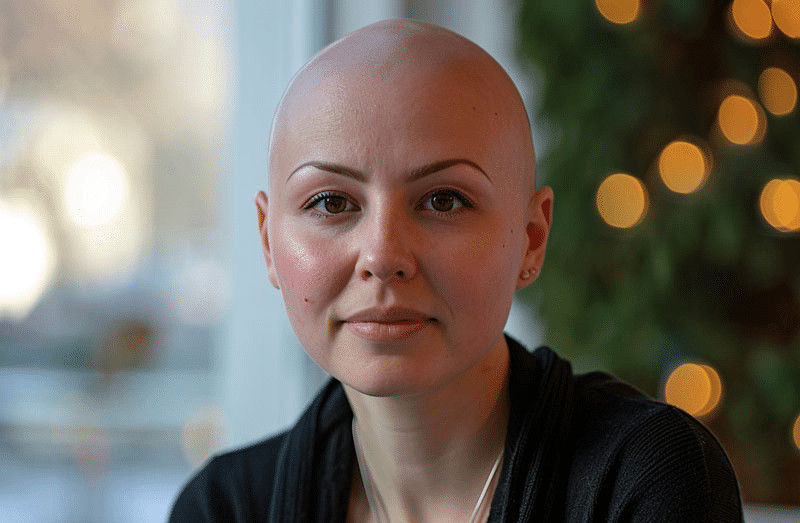
As I said before, I’ve seen what alopecia areata can do firsthand. In fact, I first learned about it when my ex-girlfriend’s little sister suddenly began to lose all her hair. She was only 15. She went from having 3 feet of hair to being completely bald all over her entire body.
Can you imagine how hard that was for her? A young high schooler. She was teased and tormented and ostracized for it. And I saw what it was like for her to go through all that as a young teen girl, going through puberty, with no hair. As you can imagine, this type of hair loss does not allow for many curative options and some treatments may not work.
Traction Alopecia May Cause Active Hair Loss

If you are suffering from hair that is dry and prone to breakage, or if your hair has been damaged by harsh products and excessive heat styling, this can increase hair loss. Sometimes this occurs because of traction alopecia. Traction alopecia is a condition that develops when hair is frequently worn in tight ponytails, heavy braids, or weaves.
The extra weight that pulls on the follicle can cause the hair to fall out. Heat styling and certain ingredients in commercial hair care products such as parabens can dry out the inside of the hair shaft, making the hair lose its luster. The hair may also appear more brittle, less shiny, and be more prone to breakage or shedding.
Fighting Active Hair Loss
So now that you know and understand what active hair loss is, you may be able to self-diagnose. And if that’s the case, you’re probably wondering some of the ways you might be able to fight active hair loss and stop it in its tracks.
Keep It Anchored

The product Keep it Anchored acts like a daily sunscreen for your hair and scalp. It is formulated to reduce oxidative stress on the surface of the scalp. This improves the health of the scalp and hair follicles.
This set of products was designed to help reduce excessive hair fallout and work on most hair types. Of course, this contributes to thinning hair and hair loss. They have a multi-step system of products for both men and women. They also have recommendations for which products are most appropriate for your specific hair type.
The technology behind these products was tested in a 6-month clinical trial designed by a team of dermatologists and scientists. More than 300 men and women participated in this double-blind study. It lasted for 6 months and was placebo-controlled. In other words, some of the participants were given the real treatment, and some were given a placebo. At 8 weeks, 16 weeks, and 24 weeks the study participants’ progress was measured.
The results clearly demonstrated that those who used the hair anchoring technology in the Keep it Anchored product line kept more of their hair than the placebo group. Those who had been using the treatment had approximately 2400 more hair on their scalp than the placebo group. Product lines such as these are a good option for preserving your existing hair.
K18 Topicals
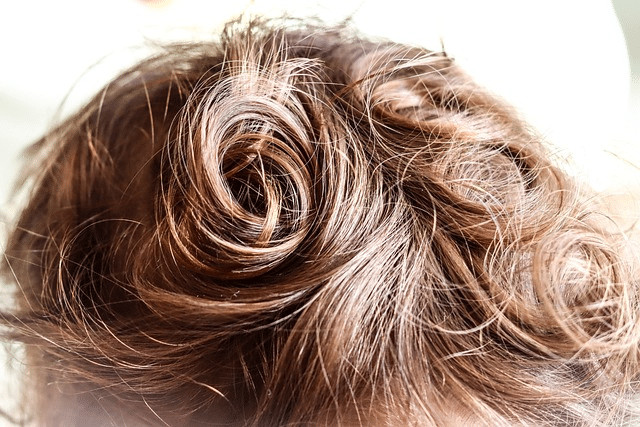
K18 is an interesting new topical hair product that seeks to address some of these issues. When hair is damaged it is because the polypeptide chains (also known as keratin chains) that make up the inner structure of the hair become weakened, making the hair more prone to breakage. A single strand of hair contains billions and billions of these keratin chains. K18 utilizes a bioactive peptide that restores the hair’s natural state from the inside out.
The K18 peptide employs biomimetics, the practice of learning from and mimicking nature. Because it mimics the natural structure of keratin building blocks, which are made up of amino acid sequences, the K18 bioactive peptide is recognized as natural by the hair. It’s not washed away by water or shampoo, like conventional bonding agents.
This product is best applied to hair that is clean but has not been treated with a conditioner. This is because conditioners use silicones and conditioning agents that form heavy coatings on the hair that prevent the peptide from penetrating to the inner layers of the hair.
According to their website, it only takes one treatment to start seeing results. The makers of this product have several clinical studies cited on their website that explain the science of this treatment in greater depth. This treatment will not help you regrow lost hair, but it will be helpful for preventing further hair loss due to damage, overstyling, or traction alopecia.
FUE & FUT Transplants
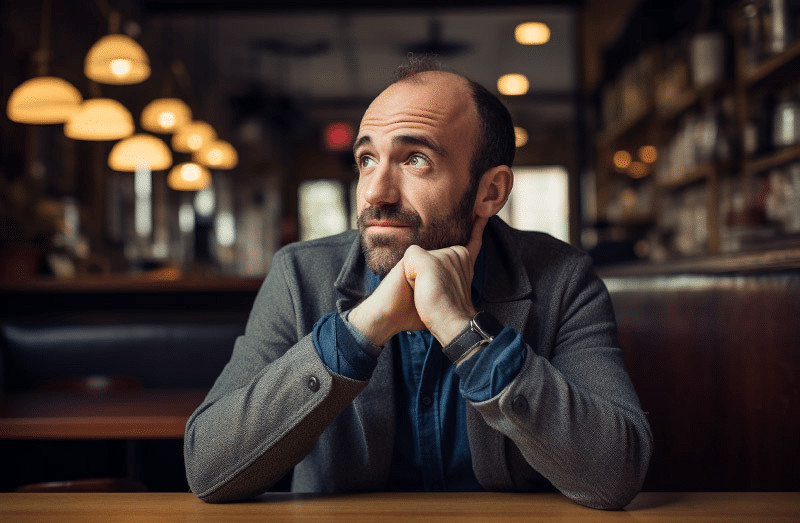
If we’re talking about the various types of active hair loss, hair transplants would be unnecessary or pointless to perform. As both Telogen effluvium and Anagen effluvium are usually temporary, you need only wait for the process to correct itself. And as we said above, this usually involves reducing mental or physical stressors to the body and scalp. Loose Anagen Syndrom is a disorder so hair transplantation is usually unnecessary as it will likely self-correct. And as it mainly affects children, hair transplantation is not necessary.
Finally, Alopecia areata is an autoimmune disorder. It usually results in total loss of head hair. Sometimes, as my ex-girlfriend’s sister experienced, the entire body’s hair is shed. As hair transplants use a person’s own hair as donor grafts, there will likely be no hairs available to do so. Additionally, even if hairs were left, the body may simply see them as foreign invaders and kill them off as well.
Hair Transplants Encourage Hair Growth in Both Men & Women

However, when it comes to male and female pattern baldness, hair transplants may be the perfect way to treat this form of active hair loss. With FUT, an incision is made to remove a small strip of hair and skin from the scalp. The grafts are sectioned off and transplanted in the bald or thinning areas. FUE is significantly less invasive and does not involve any suturing.
Instead of removing a linear strip of grafts, the units are extracted one by one from the donor area in a pattern that is more natural in appearance. Depending on the extent of your pattern baldness, you may require one or both to combat this form of active hair loss. However, hair transplants are a permanent solution to hair loss related to androgenic alopecia.
Utilized every other day in lieu of your standard shampoo and conditioner, Recover for Men requires just 5 minutes to take effect. This product is designed for all hair types, ensuring it is color-safe, vegan, and cruelty free.
Actiiv Recover for Men is safe for all hair types and is color safe, vegan, and cruelty free. Apply the shampoo treatment to wet hair and scalp and leave for 5 minutes. Rinse out using warm water. Use every other day.
LLLT Caps for Hair Growth

Low-Level Laser Therapy (LLLT) laser caps such as the Xtrallux 352 may increase hair growth and prevent further hair loss. Not all laser caps are equal. Watch out for cheap knock-offs and ones that use filler LED lights, which don’t have any effect on hair growth.
The Xtrallux 352 has 352 prescription-grade laser diodes, making it the most powerful laser cap available in the world. In fact, 95 percent of users experience hair growth in just 16 weeks. This product cannot revive follicles that have shut down, but they are an excellent way to prevent further hair loss.
We’ve consistently recommended laser hair caps to many patients of all types experiencing shedding and thinning. They’re a great low cost option for those patients who aren’t sure if a full on transplant is right for them. LLLT caps are also a great purchase option for anyone looking to spend less money and for those on a budget.
Buy Xtallux 352 and SAVE BIG!
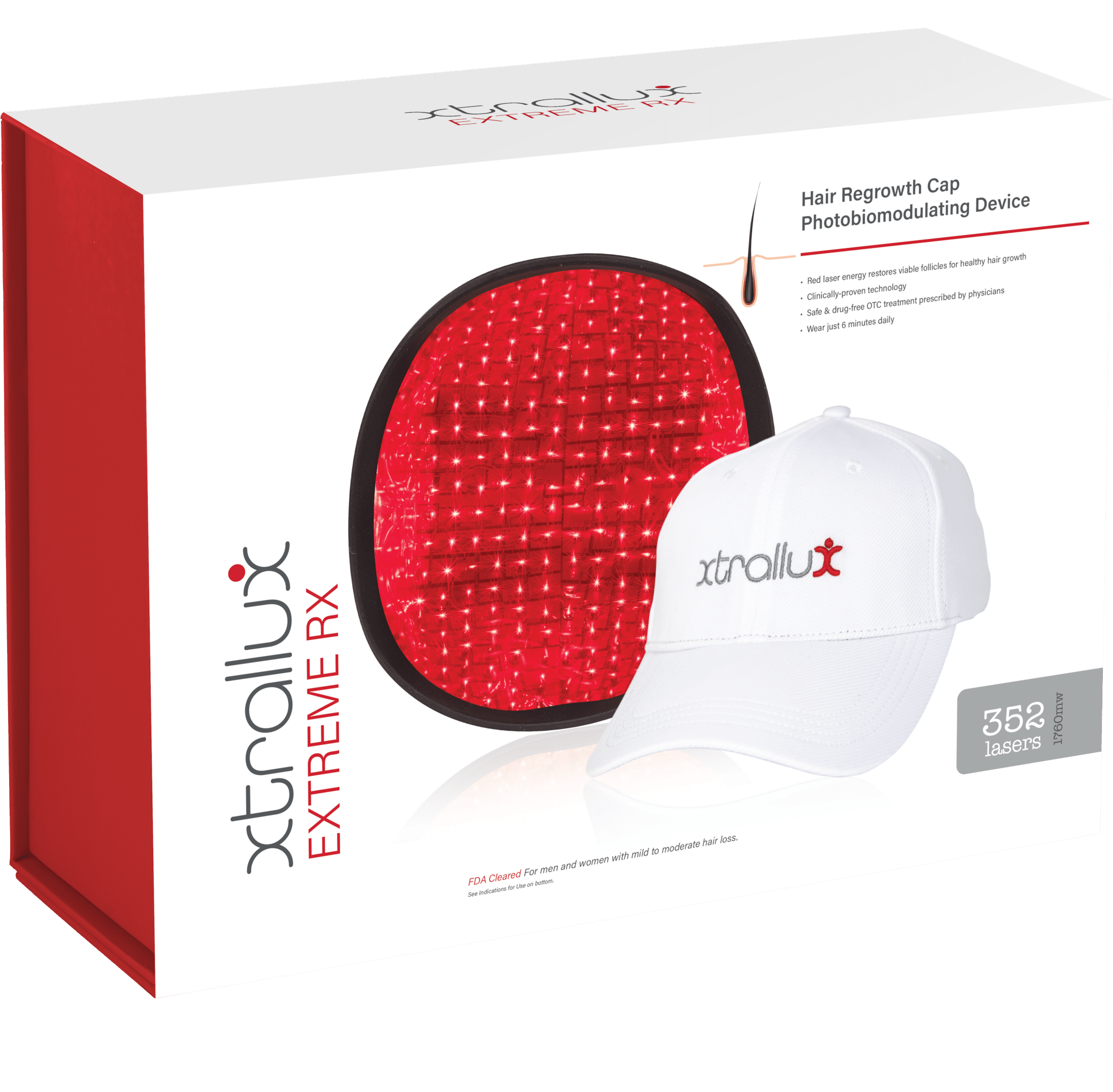
Best of all, if you buy an Xtrallux RX 352 lasercap from Best Hair Transplant, we offer the lowest price on the internet thanks to our $1000 automatic rebate for participation in our before & after study. But that’s not all! We even offer free shipping in the continental United States!
Actiiv Recover Thickening Cleansing Treatment For Women (6 FL OZ)
Active Hair Science understands the importance that science and innovation play in the creation of quality beauty products. Active products promote healthy hair with the restorative powers of nutraceutical plant-based compounds. The main product is Actiiv Recover thickening cleansing treatment.
Actiiv Recover thickening products use cold-pressed ingredients that undergo a gentle extraction process that preserves their natural nutritional profile. By avoiding high heat and chemicals, we ensure that essential vitamins, minerals, antioxidants, and fatty acids remain intact. This results in maximum efficacy, allowing nutrients nourish and strengthen your hair, promoting overall health and vitality.
SUFFERING FROM HAIR LOSS?
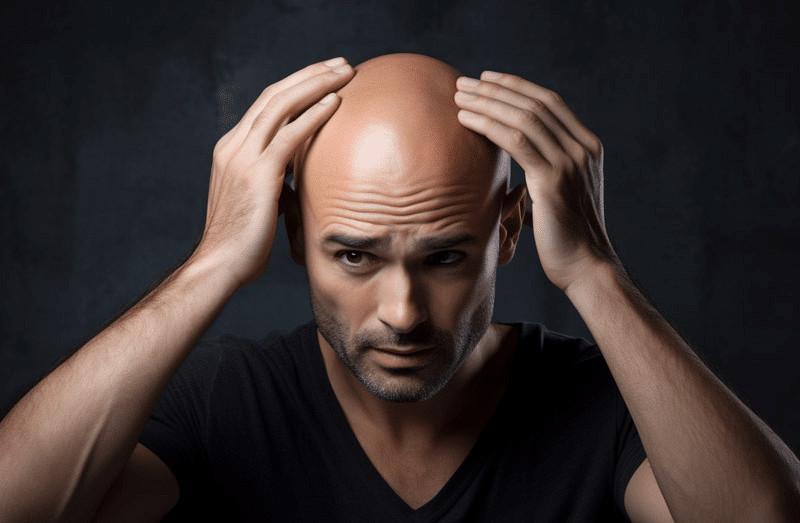
At Best Hair Transplant, we’re proud of our results and happy to provide hair restoration services. Additionally, we’re proud to make hair growth affordable and help you save money on a variety of hair transplants.
To ensure your ease of mind, you can view our customer recommendations HERE. Furthermore, you can also see our 5-star Google reviews and Yelp review page. We can’t wait to help you start restoring your lost hair.
Best Hair Transplant
1970 S. Prospect Ave., Suite 2 Redondo Beach, CA 90277
(213) 403-0455
References:
https://keepitanchored.com/blogs/learn-about-hair-loss/which-keepitanchored-kit-we-recommend-by-hair-type?icid=nav
https://www.k18hair.com/pages/our-science

